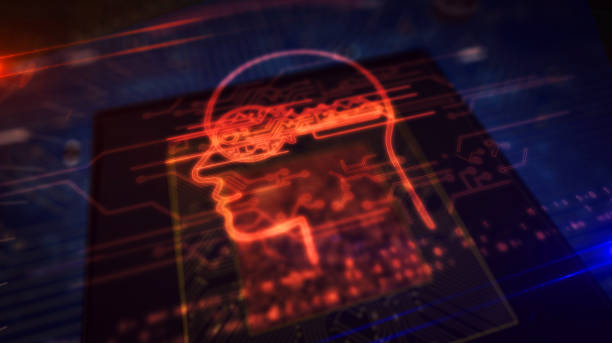What is an AI Robot: Definition and Basic Concepts
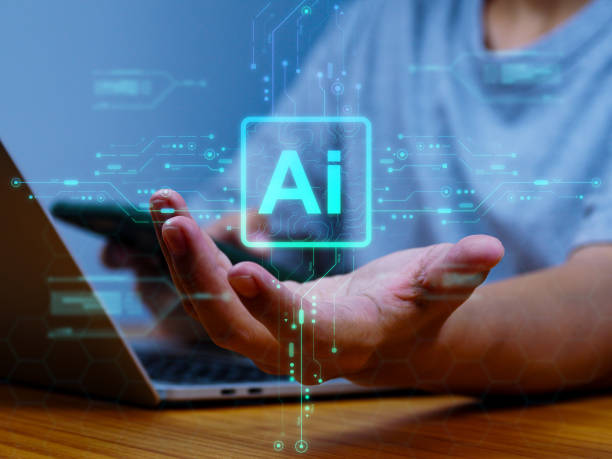
In today’s world, the term #Artificial_Intelligence (AI) is increasingly heard, and one of its fascinating applications is AI robots.
An AI robot is essentially a software or computer system capable of performing tasks that typically require human intelligence.
These tasks include learning, problem-solving, natural language understanding, pattern recognition, and decision-making.
AI robots, using complex algorithms and vast amounts of data, can process information and exhibit intelligent behavior.
These robots appear in various forms, from online chatbots to physical robots employed in different industries.
The main difference between AI robots and traditional robots lies in their ability to learn and adapt to new conditions.
Traditional robots are usually programmed to perform specific tasks repetitively, while AI robots can learn from their experiences and improve their performance.
This feature makes AI robots powerful tools for solving complex problems and automating processes.
In summary, AI robots are digital or physical agents that, by leveraging artificial intelligence, are capable of performing intelligent tasks and learning from their experiences.
In the following chapters, we will delve deeper into the applications, advantages, and challenges of using this novel technology.
AI robots are a gateway to the future.
Tired of your e-commerce website not generating as much revenue as its potential? Rasawweb, specializing in professional e-commerce website design, solves this problem permanently!
✅ Increase sales rate and revenue
✅ High loading speed and unparalleled user experience
⚡ Get free e-commerce website design consultation
Architecture and Core Components of an AI Robot

An #AI_Robot consists of several core components that work together to enable intelligent task performance.
These components include sensors, processors, artificial intelligence algorithms, and actuators.
Sensors collect information from the surrounding environment, processors analyze and interpret this information, AI algorithms make decisions, and actuators perform the necessary actions.
AI algorithms are the beating heart of an AI robot.
These algorithms enable the robot to learn, reason, and make decisions.
There are various types of AI algorithms, including machine learning, neural networks, natural language processing, and computer vision.
Each of these algorithms is designed to perform specific tasks, and by combining them, more complex AI robots can be created.
For example, an AI robot designed for face recognition uses a camera as a sensor, a computer processor for image analysis, and computer vision algorithms for face detection.
After face detection, the robot can perform various actions, such as unlocking a door or displaying information related to the identified person.
Consequently, the architecture of an #AI_Robot includes a combination of hardware and software that work together to enable intelligent task performance.
Choosing the right components and designing an optimal architecture plays a crucial role in the robot’s performance and efficiency.
AI robots are transforming industries.
Diverse Applications of AI Robots Across Various Industries
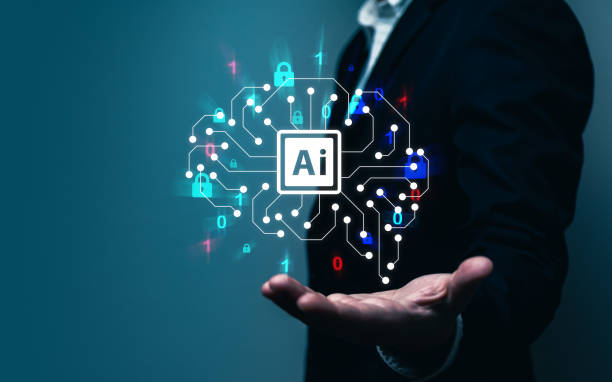
#AI_Robots have widespread applications in various industries and are increasingly replacing human labor in repetitive and hazardous tasks.
In the manufacturing industry, AI robots are used for automating production lines, quality control, and product packaging.
In the medical industry, these robots are employed for precise surgeries, disease diagnosis, and patient care.
In the transportation industry, AI robots are used for autonomous driving, traffic management, and goods delivery.
One of the fascinating applications of #AI_Robot in the customer service industry is chatbots.
These chatbots can answer customer questions, solve their problems, and provide them with the necessary information.
Chatbots are available 24/7 and can simultaneously respond to a large volume of customer requests.
Furthermore, AI robots have numerous applications in other fields such as agriculture, education, and security.
For instance, in agriculture, these robots are used for planting, cultivating, and harvesting crops.
In education, AI robots can act as private tutors for students, providing personalized learning.
In the security industry, AI robots are used for monitoring public places, identifying threats, and responding to security incidents.
AI robots increase productivity.
The table below shows an example of AI robot applications in various industries
| Industry | AI Robot Application |
|---|---|
| Manufacturing | Production line automation, Quality control |
| Medical | Precise surgery, Disease diagnosis |
| Transportation | Autonomous driving, Traffic management |
| Customer Services | Chatbots, Answering questions |
| Agriculture | Planting, Cultivating, Harvesting products |
Advantages and Challenges of Using AI Robots
![]()
The use of #AI_Robots offers numerous advantages, including increased productivity, reduced costs, improved quality, and increased speed.
AI robots can work 24/7 and do not get tired.
They can also perform tasks that are dangerous or difficult for humans.
However, using AI robots also comes with challenges.
One such challenge is the high cost of developing and deploying these robots.
Another challenge is the need for specialized technical expertise for their maintenance and repair.
Additionally, there are concerns about job displacement for human workers due to the use of AI robots.
Another challenge of using #AI_Robot, is ethical issues.
For example, questions arise about the accountability of AI robots in case of errors or accidents.
There are also concerns about the misuse of these robots for illegal or unethical purposes.
To address these challenges, it is necessary to formulate appropriate laws and regulations for the use of AI robots.
Ultimately, the use of AI robots requires careful thought and planning.
It should be noted that these robots are tools that can help us perform tasks, but they should not replace human thought and decision-making.
AI robots help transform businesses.
Are you falling behind in competition with large online stores?
Rasawweb, with professional e-commerce website design, takes your business online and increases your market share!
✅ Increase brand credibility and customer trust
✅ Easy shopping experience leading to more sales
⚡ Take action now to get a free website design consultation!
Future of AI Robots: Advancements and Emerging Trends
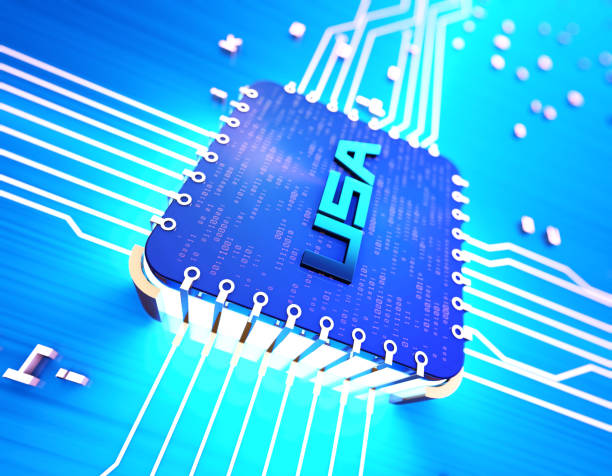
The future of #AI_Robot is very bright and full of new opportunities.
With continuous advancements in artificial intelligence, AI robots are expected to perform more complex tasks and be employed in more industries.
One emerging trend in this field is the development of self-aware AI robots.
These robots will be able to learn, reason, and make decisions independently.
Another trend taking shape is the integration of AI robots with #Internet_of_Things (IoT).
This integration allows for the collection and analysis of more data, helping AI robots to have a better understanding of their environment.
For example, an AI robot connected to the IoT can receive information about traffic, weather, and other environmental conditions, and based on this information, choose an optimal route for driving.
Furthermore, AI robots are expected to be used in new fields such as space exploration, scientific research, and drug development.
These robots can assist humans in performing tasks that are too dangerous or difficult for them, and accelerate scientific and technological progress.
AI robots will serve humanity.
Impact of AI Robots on Jobs and the Labor Market
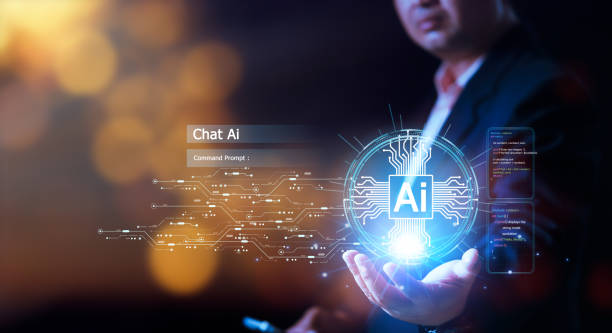
The impact of #AI_Robot on jobs and the labor market is a controversial topic.
On the one hand, there are concerns about job displacement for human workers due to the use of AI robots.
On the other hand, many believe that AI robots will create new jobs and help improve working conditions.
The reality is that the impact of AI robots on jobs and the labor market is complex and depends on various factors.
Studies show that some jobs, such as repetitive and manual tasks, are more at risk of being eliminated.
In contrast, jobs requiring human skills such as creativity, critical thinking, and communication skills are less at risk.
However, even these jobs may be affected by AI robots, for example, AI robots can assist doctors in diagnosing diseases and lawyers in reviewing cases.
To adapt to changes brought about by #AI_Robots, individuals need to learn new skills and adapt themselves to new conditions.
Governments and organizations must also provide training and support programs to help individuals in this regard.
Furthermore, policies need to be developed to support new jobs and create new employment opportunities.
AI robots require proper management.
Ethical Considerations in Designing and Using AI Robots

The design and use of #AI_Robot come with important ethical considerations.
One such consideration is the issue of accountability.
If an AI robot makes an error or causes an accident, who will be responsible? The designer, manufacturer, user, or the robot itself? This question still has no definitive answer.
Another ethical consideration is the issue of privacy.
AI robots usually collect a lot of information about their users.
How should this information be protected, and how can its misuse be prevented?
Additionally, there are concerns about the misuse of #AI_Robots for illegal or unethical purposes.
For example, AI robots can be used for espionage, spreading fake news, or disrupting computer systems.
To prevent such misuse, it is necessary to formulate appropriate laws and regulations for the use of AI robots and establish appropriate oversight mechanisms.
Ultimately, the design and use of AI robots must be carried out with human values in mind.
It should be noted that AI robots are tools that can help us improve life, but they should not replace human values such as justice, equality, and compassion.
AI robots must serve human values.
| Ethical Considerations | Description |
|---|---|
| Accountability | Who is responsible in case of error? |
| Privacy | How is user information protected? |
| Misuse | How can misuse be prevented? |
| Human Values | How are human values considered in design? |
Introducing Successful Examples of AI Robots in the Real World

In the real world, there are successful examples of #AI_Robot used in various industries.
One such example is surgical robots used in hospitals for precise and minimally invasive surgeries.
These robots help surgeons operate with greater accuracy and reduce patient recovery time.
Another example is customer service chatbots used on various websites and applications to answer customer questions and provide technical support.
These chatbots can be available 24/7 and respond to a large volume of customer requests simultaneously.
Furthermore, #AI_Robots have had successful applications in other areas such as autonomous driving, fraud detection, and supply chain management.
These robots have shown that they can help improve efficiency, reduce costs, and increase customer satisfaction.
AI robots: a solution for challenges.
Is your current e-commerce website design causing you to lose customers and sales?
Rasawweb, with modern and user-friendly e-commerce website design, is your solution!
✅ Significantly increase conversion rate and sales
✅ Create strong branding and build customer trust
⚡ Get a free e-commerce website design consultation from Rasawweb now!
How to Build an AI Robot: A Step-by-Step Guide
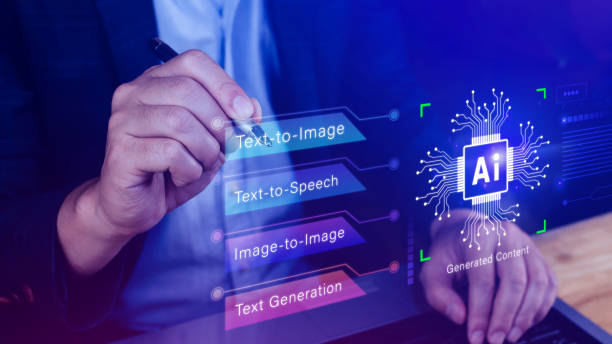
Building an #AI_Robot is a complex process that requires technical knowledge and skills.
However, using available tools and resources, a simple AI robot can be built.
The first step is to define the robot’s objective.
What task do you want the robot to perform? After defining the objective, you need to collect the necessary data to train the robot.
This data can include images, text, audio, or other types of data.
The second step is to select the appropriate AI algorithm.
There are various types of AI algorithms, including machine learning, neural networks, natural language processing, and computer vision.
The choice of algorithm depends on the robot’s objective and the type of available data.
The third step is to train the robot using the collected data.
This process involves feeding the data to the AI algorithm and adjusting the algorithm’s parameters so that the robot can perform the desired task correctly.
The fourth step is to test and evaluate the robot.
After training the robot, you need to test it using new data and evaluate its performance.
If necessary, you can retrain the algorithm or adjust its parameters to improve the robot’s performance.
The fifth step is to deploy the robot.
After ensuring the robot’s correct operation, you can deploy it in a real-world environment and use it to perform the desired task.
An AI robot is a powerful tool.
Useful Resources and Tools for Learning and Developing AI Robots
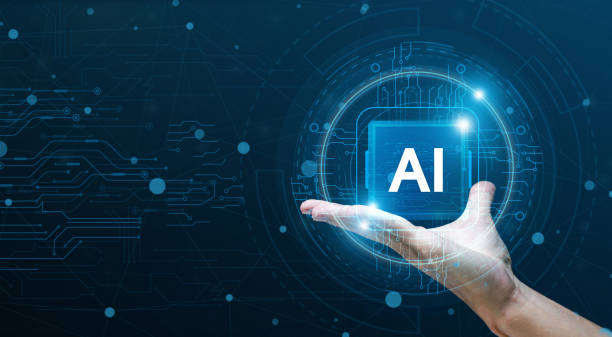
Learning and developing #AI_Robot requires access to appropriate resources and tools.
Fortunately, today, many resources and tools are available in this field.
One of the best resources for learning AI is online courses.
Various websites such as Coursera, edX, and Udacity offer free and paid online courses in artificial intelligence.
Additionally, books and scientific articles can also be useful resources for learning AI.
Many textbooks and scientific articles in the field of artificial intelligence are available online.
Another useful resource is online communities.
Various websites such as Stack Overflow and Reddit have online communities where you can ask your questions and benefit from the experiences of others.
For developing #AI_Robots, various tools are available.
One of the most popular tools is TensorFlow.
TensorFlow is an open-source software library used for developing and training machine learning models.
Another tool, PyTorch, is also an open-source software library used for developing and training machine learning models.
The choice of tool depends on your needs and experience level.
AI robots are accessible to everyone.
Frequently Asked Questions
| Question | Answer |
|---|---|
| What is an AI robot? | An AI robot (AI Robot) is a machine capable of understanding its environment, reasoning, learning, and making decisions to perform tasks autonomously. |
| What is the difference between regular robots and AI robots? | Regular robots perform repetitive tasks based on pre-programming, while AI robots can learn from experience, interact dynamically with the environment, and even behave in a way that resembles human intelligence. |
| What are the main applications of AI robots? | They are used in industries (manufacturing, assembly), medicine (surgery, diagnosis), services (customer support, domestic), exploration (space, underwater), and many other fields. |
| What technologies are used in building AI robots? | Machine Learning, Computer Vision, Natural Language Processing, Deep Learning, and Robotics are among the key technologies. |
| Can AI robots have emotions? | Currently, robots do not have emotions in the human sense. They can identify and react to emotions, but they do not experience emotions themselves. |
| What are the main challenges in developing AI robots? | Safety, reliability, ethics, autonomy, adaptability to complex environments, and natural human interaction are significant challenges. |
| How are AI robots trained? | They are typically trained using large volumes of data, machine learning algorithms, and deep learning to identify patterns and make decisions. |
| Examples of AI robots in daily life? | Smart robotic vacuum cleaners, customer support chatbots, self-driving cars, and surgical robots in hospitals. |
| Are AI robots a threat to human jobs? | Some repetitive jobs may be automated, but at the same time, robots can increase productivity and create new jobs in the development, maintenance, and supervision of these systems. |
| How is the future of AI robots predicted? | They are expected to become smarter, more autonomous, and capable of performing more complex tasks, interacting more closely with humans in various environments. |
And other services of Rasawweb advertising agency in the field of advertising
- Smart Advertising Campaign: A fast and efficient solution for online growth focusing on intelligent data analysis.
- Smart Sales Automation: An effective tool for campaign management with the help of optimizing key pages.
- Smart Marketplace: An effective tool for improving SEO ranking with the help of Google Ads management.
- Smart Social Media: A professional solution for increasing sales focusing on intelligent data analysis.
- Smart Social Media: A creative platform for improving customer acquisition with marketing automation.
And hundreds of other services in the field of internet advertising, advertising consultation, and organizational solutions
Internet Advertising | Advertising Strategy | Sponsored Content
Resources
Artificial Intelligence and Robotics on Zoomit
Applications of Artificial Intelligence in Digiato
Future of AI Technology in ISNA
Robotics Advancements in Tasnim News
? For your business to shine and reach its peak in the online world, Rasawweb Digital Marketing Agency offers comprehensive services including WordPress website design, SEO, and social media management, always by your side.
📍 Tehran, Mirdamad Street, next to Bank Markazi, Southern Kazeroon Alley, Ramin Alley, No. 6

